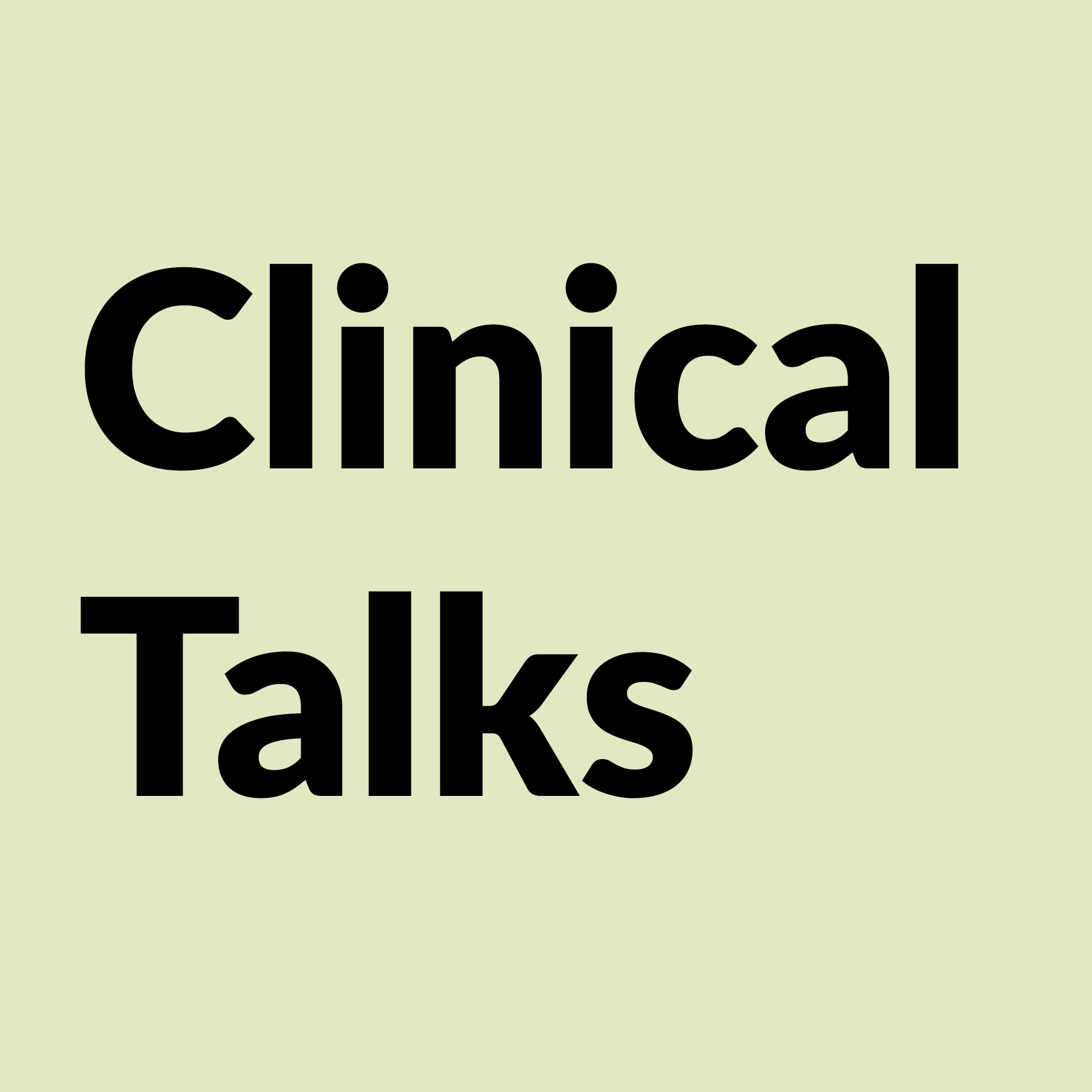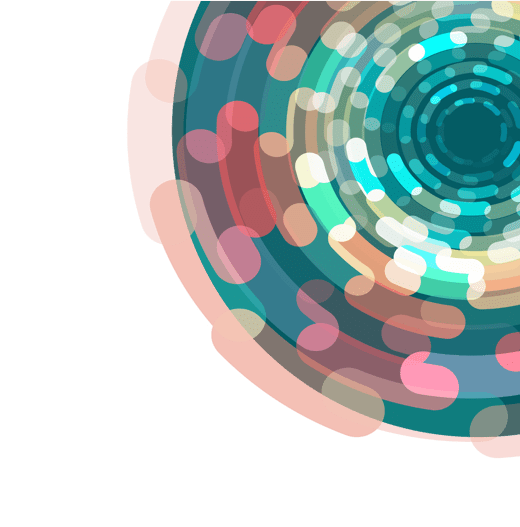[The Svedberg seminar] – Spatial biodiversity modeling with remote sensing and AI
February 26, 2024 @ 15:15 – 16:15 CET
Tobias Andermann
Assistant Professor, DDLS fellow
Uppsala University
Bio
Tobias Andermann is a biodiversity researcher dedicated to providing data and computatio- nal tools for combating the global biodiversity crisis. His group, the Biodiversity Data Lab, is working on the intersection of molecular biology, spatial ecology, and machine learning, with the mission to provide a more comprehensive view on the distribution of biodiversity, including hidden diversity of inconspicuous and even undescribed species through the use of environmental DNA.
Spatial biodiversity modeling with remote sensing and AI
There is an ever-increasing need for developing standardized ways of quantifying the biodiversity value of a site. This need arises from international and local policies (e.g. the COP15 UN Biodiversity agreement) as well as from the independent investments of companies world-wide in developing biodiversity-positive profiles, motivated by their public perception. This momentum provides an unprecedented opportunity to efficiently protect biodiversity on a large scale to turn around the alarmingly negative biodiversity trends of the recent decades and centuries. While individual biodiversity assessments for specific sites can be done through targeted inventories, either through taxonomic experts or increasingly through the use of environmental DNA, we also need ways of scaling up such biodiversity evaluations to larger scales, covering entire regions or countries. AI models provide a unique tool to leverage complex biodiversity and remote sensing data to make predictions of biodiversity on large spatial scales, while at the same time providing high spatial resolution. In this talk I will present some of these models from my ongoing research and discuss their utility, as well as their current shortcomings and limitations.
Host: Joëlle Rüegg joelle.ruegg@ebc.uu.se, UU


